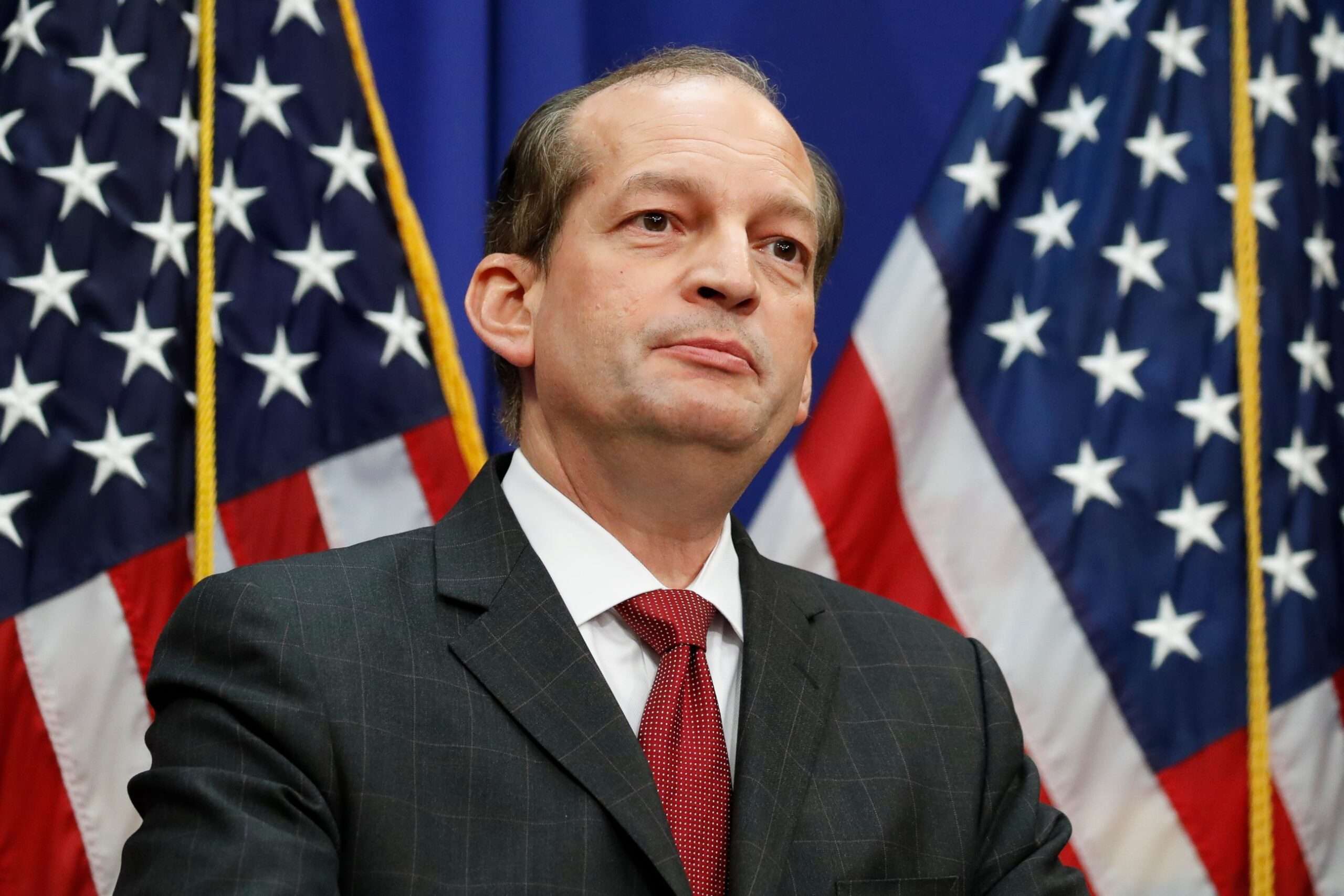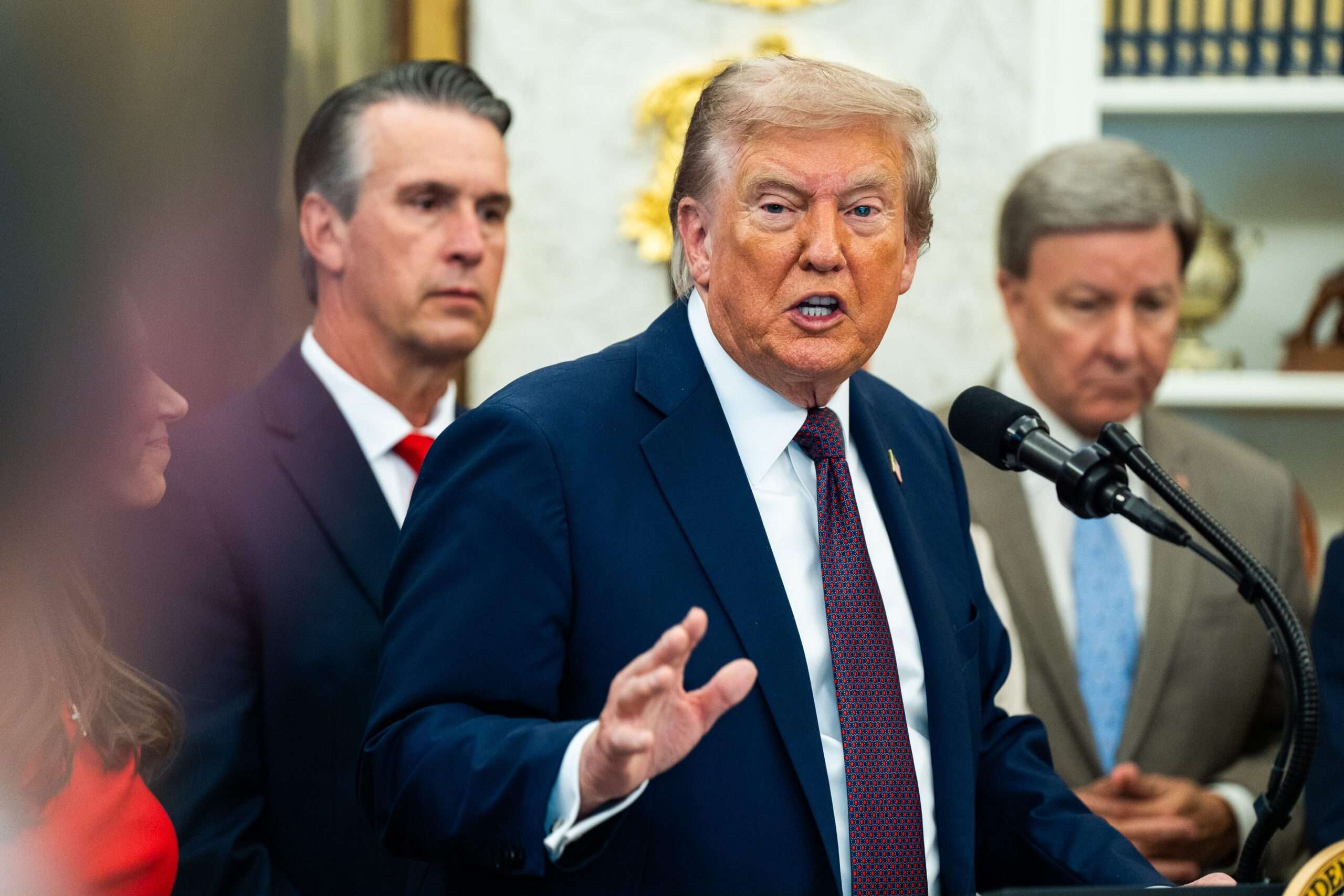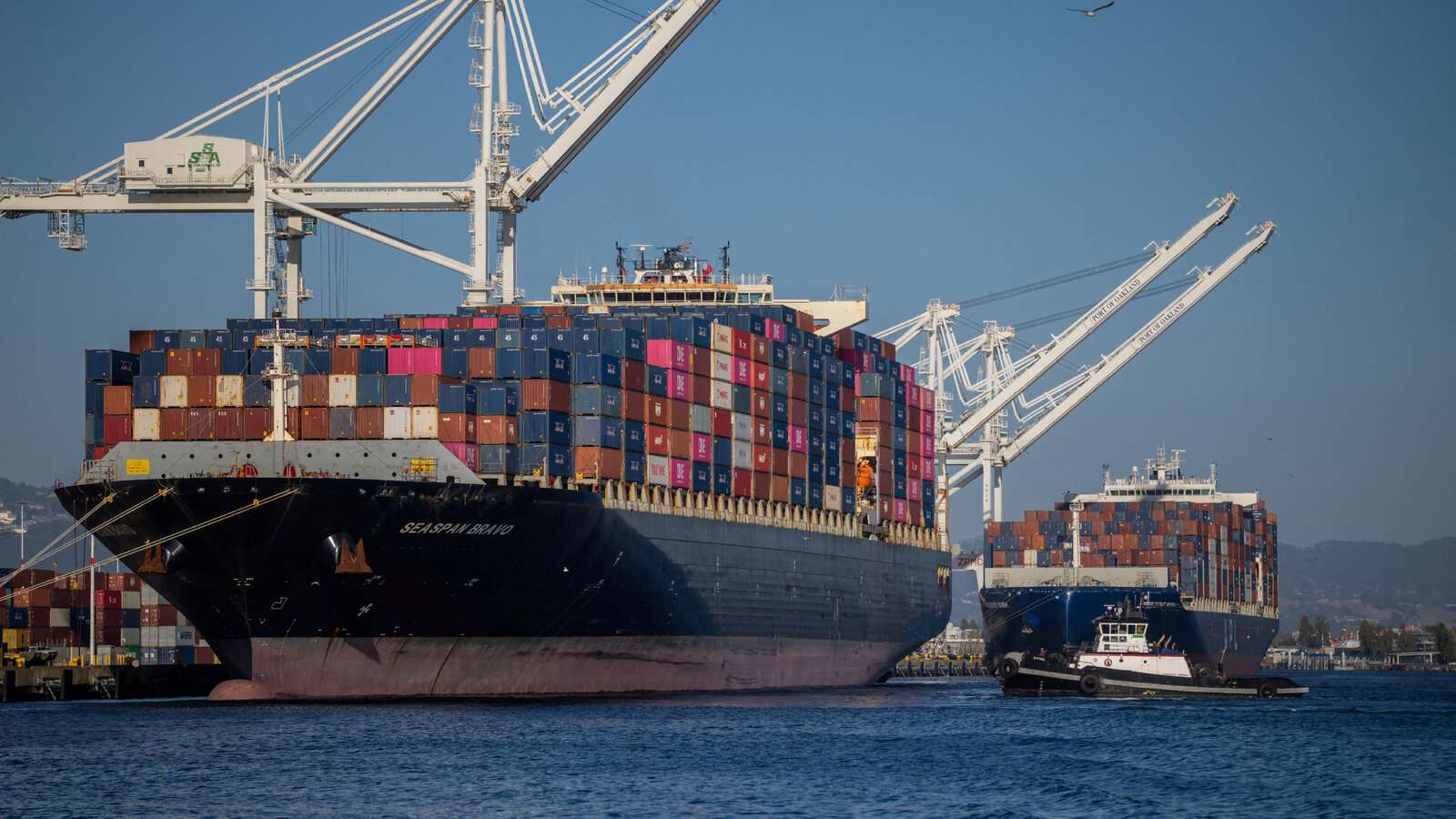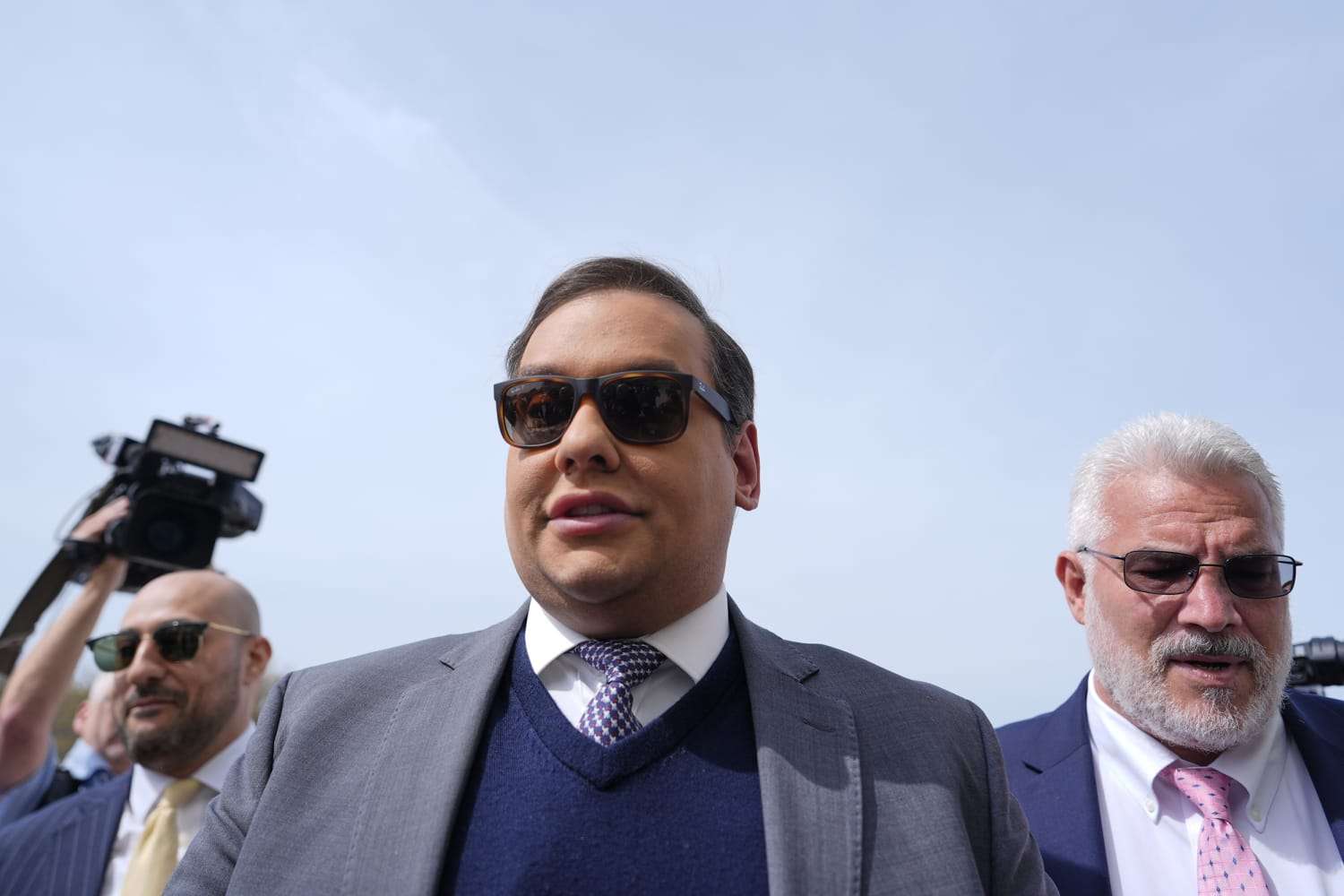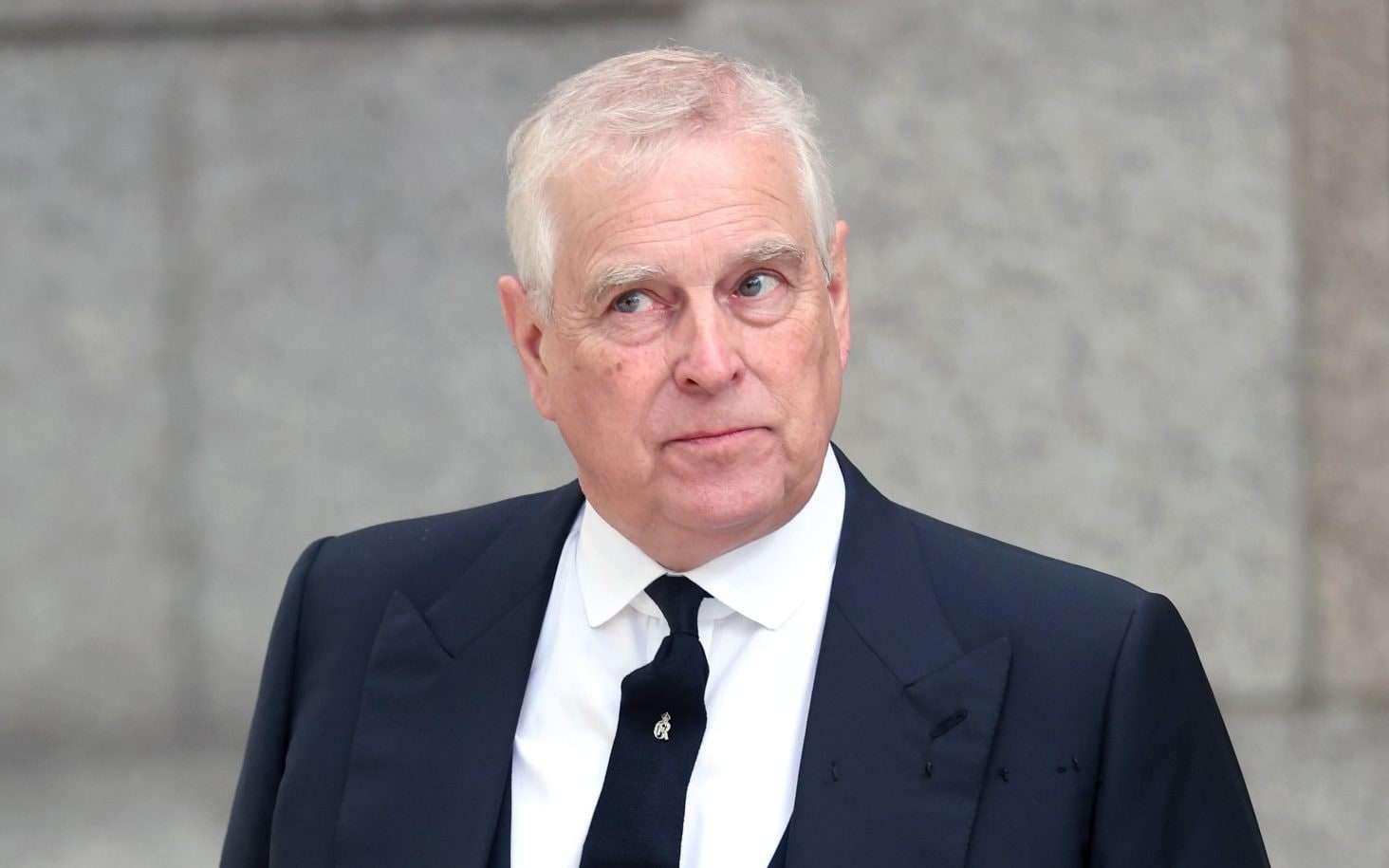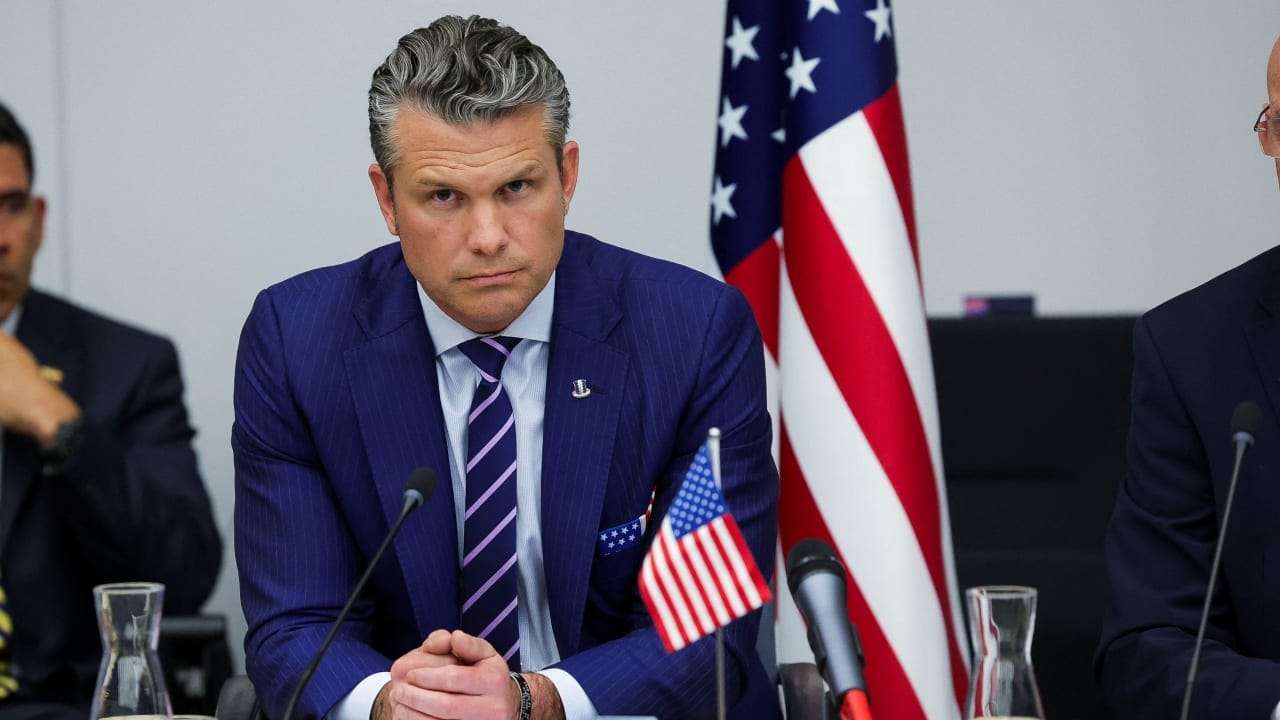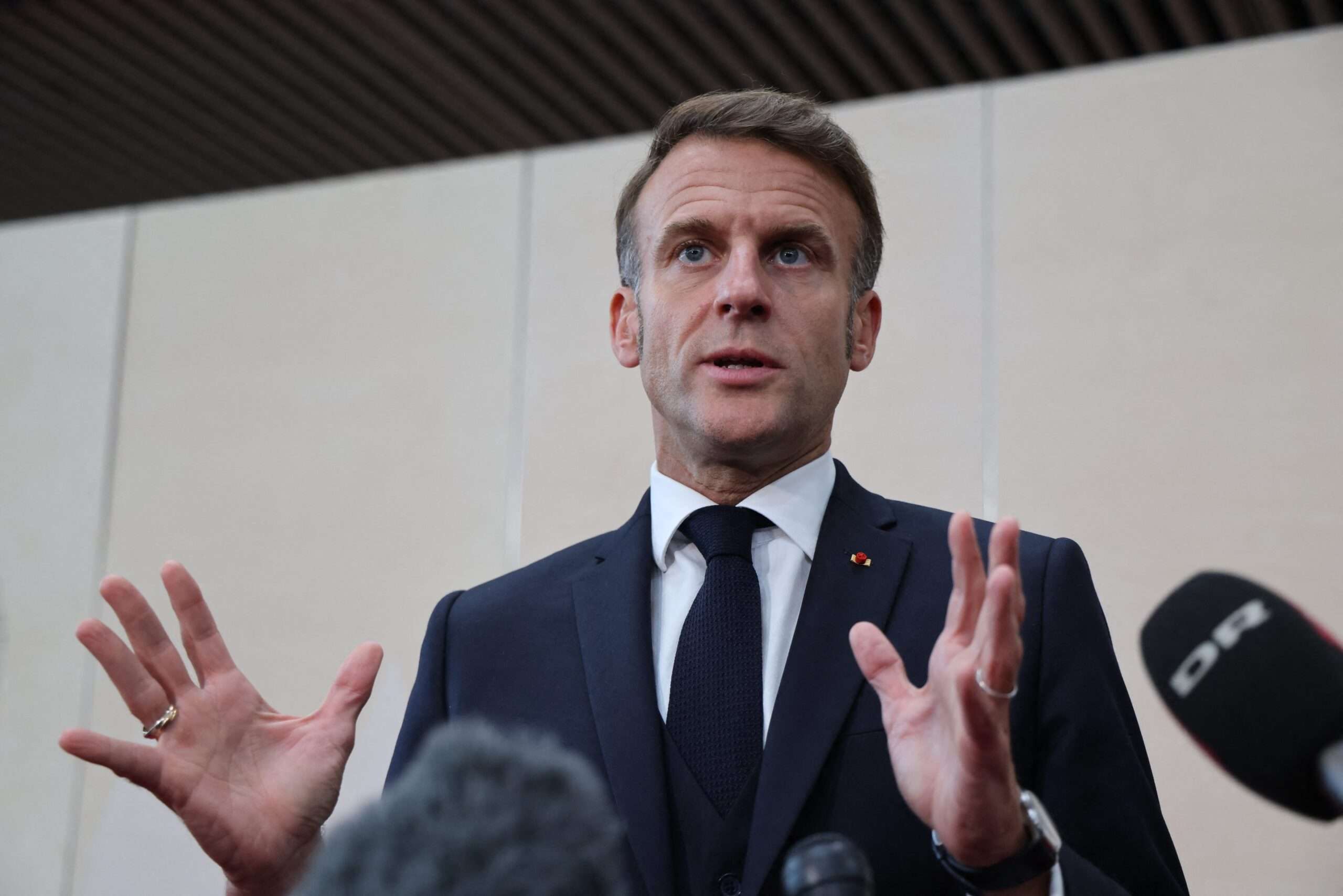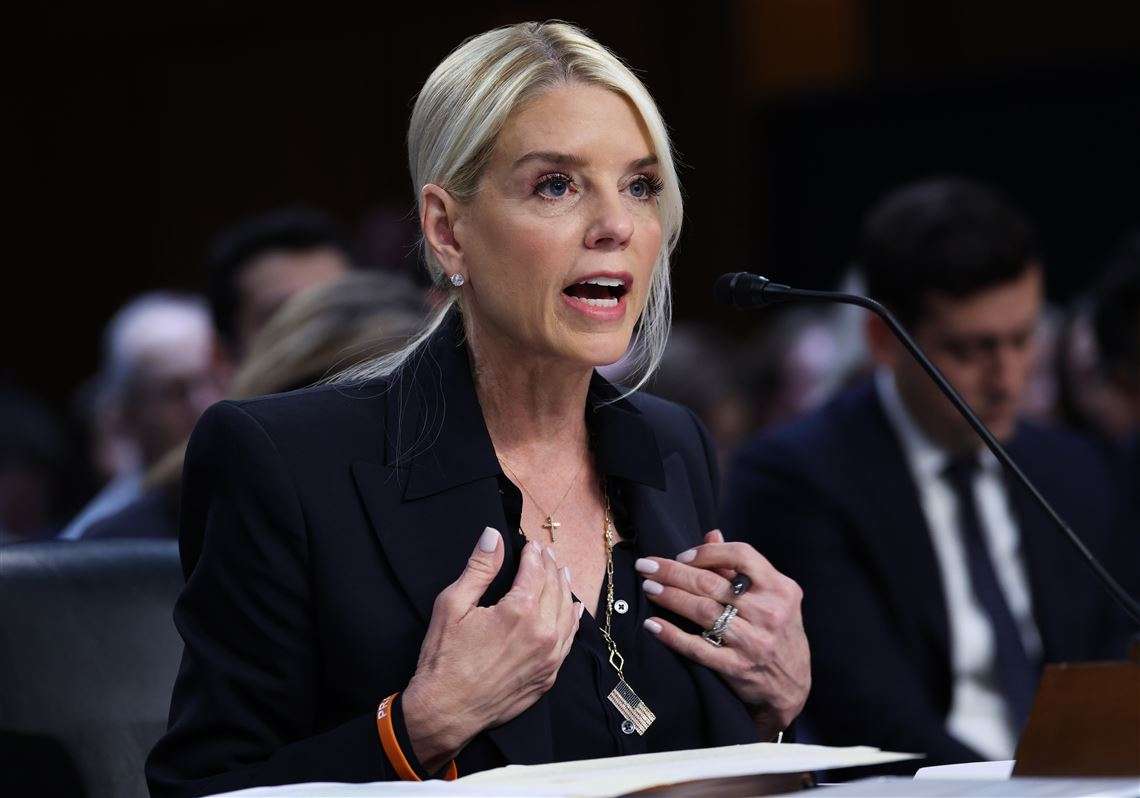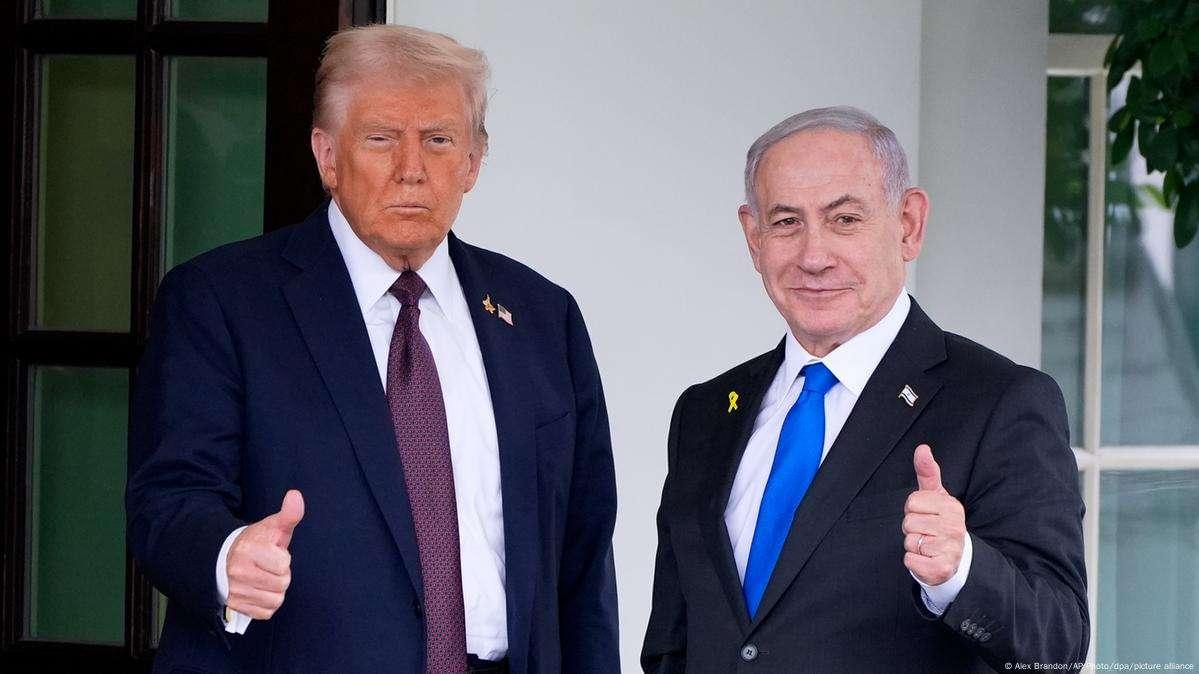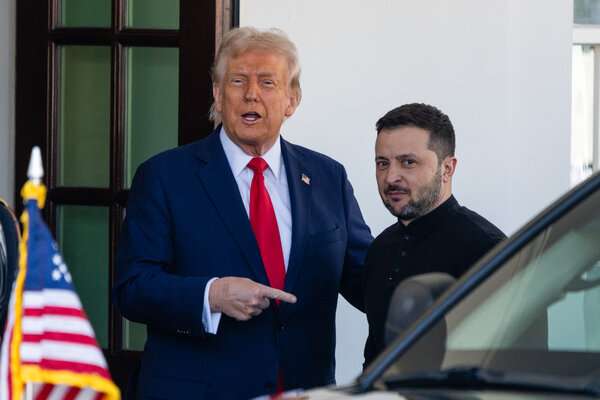
Ukrainian President Volodymyr Zelensky recently held a high-profile meeting at the White House with U.S. President Donald Trump to discuss Ukraine’s urgent request for long-range Tomahawk cruise missiles amid the ongoing war with Russia. The meeting, which took place on October 17, 2025, underscored the complex dynamics of military aid, diplomacy, and efforts to end the conflict between Kyiv and Moscow.
Zelensky arrived in Washington with hopes of securing a clear commitment from Trump regarding the supply of Tomahawk missiles, which Ukrainian officials argue are critical for striking deep into Russian territory to target energy facilities and military infrastructure, thereby pressuring Russian President Vladimir Putin to pursue peace talks more earnestly. Zelensky’s chief of staff, Andriy Yermak, emphasized that decisions from the U.S. would need to change Putin’s perception of strength in the conflict with Trump, whom Yermak described as “impossible to play games” with.
However, despite an ostensibly friendly and constructive atmosphere during their discussions, Zelensky left the talks with a guarded stance on the missile issue. Trump expressed hesitation about sending the Tomahawks, citing concerns over escalating the war and the need for the U.S. to maintain its own military stockpile. Trump stated, “Hopefully they won’t need it, and hopefully we can conclude the war without considering Tomahawks,” while acknowledging the conversation would continue. Trump also highlighted the strategic sensitivity of the decision, calling Tomahawk missiles “very dangerous weapons” with the potential to escalate the conflict in unpredictable ways.
An intriguing element of the discussions was Zelensky’s offer to provide the U.S. with advanced drones in exchange for Tomahawk missiles, a move that reportedly pleased Trump. Zelensky praised Trump’s previous peace efforts in the Middle East, suggesting the U.S. president might leverage that experience to broker an end to the Ukraine war. Nevertheless, when probed about Putin’s intentions—whether he is serious about peace or merely stalling—Zelensky responded cautiously, “I don’t know,” reflecting the uncertainty surrounding Russia’s next moves.
The timing of the meeting was notable, occurring just one day after Trump held a lengthy phone call with Putin and announced plans for a future face-to-face meeting in Budapest, Hungary. This sequence of events suggests that Trump is attempting to facilitate a trilateral dialogue to end the conflict, though tensions remain palpable. Trump remarked that creating a “comfortable environment” for talks involving all parties was a priority, acknowledging the deep mistrust between Putin and Zelensky.
The real-life impact of this guarded approach to Tomahawk missile talks is significant. For Ukraine, obtaining these missiles could substantially shift the war’s dynamics by enabling strikes on critical Russian targets, potentially weakening Putin’s war economy. Yet, the U.S. administration’s cautious stance highlights the delicate balance Washington seeks between supporting Kyiv and avoiding further escalation with Moscow.
Experts note that the decision to supply long-range missiles would mark a pivotal escalation in U.S. military assistance. According to defense analysts, while the missiles would enhance Ukraine’s strategic reach, the risk of provoking a harsher Russian response or wider conflict makes the timing and conditions of such a transfer highly sensitive.
In summary, the Zelensky-Trump meeting reflected cautious diplomacy amid high stakes. The question of Tomahawk missile sales remains open, with ongoing discussions anticipated as both leaders weigh military needs against geopolitical risks. Moving forward, observers expect continued negotiations to focus on both expanding military support to Ukraine and facilitating broader peace talks involving Russia, possibly under future trilateral meetings in Hungary. This balancing act will be pivotal in shaping the trajectory of the Ukraine conflict and broader regional stability.

